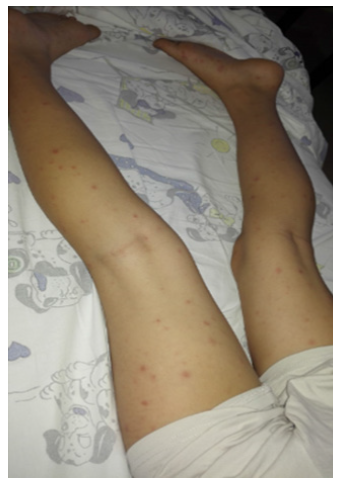Biomedical Science and Research Journals | Substance Identification in Anti-Doping Control-Some Issues
Substance Identification in Anti-Doping Control-Some Issues Introduction When an athlete is accused of an anti-doping rule violation according to the World Anti-Doping Code (WADC), usually the only evidence available to the ruling body is the presence of a prohibited substance, metabolite or marker in the athlete’s sample, as determined by a laboratory accredited by the World Anti-Doping Agency (WADA). The laboratory enjoys a presumption, which means that if the analysis has been conducted according to WADA’s International Standard for Laboratories and technical documents, it cannot be challenged by the athlete. It speaks for itself that given the enormous consequences for an athlete to be found guilty of an antidoping violation, and the singular importance attributed to the laboratory, the analysis procedure and the underpinning science must be impeccable. Small molecules such as anabolic steroids and their metabolites are usually detected by means of Gas Chromatography (GC) coupled
